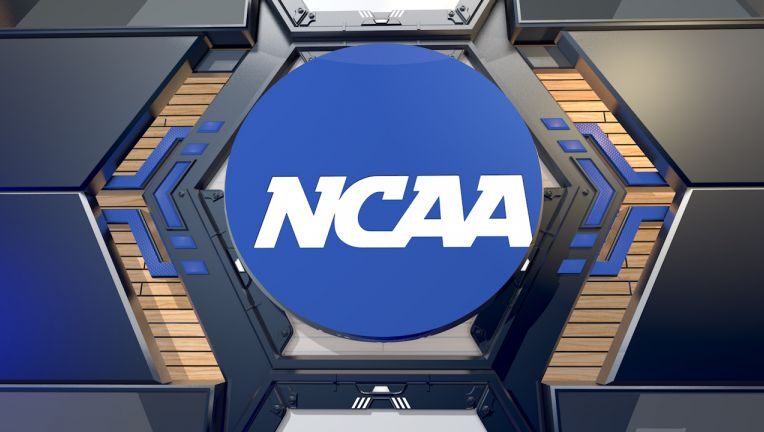The NCAA’s proposed legislative changes to implement the House v. NCAA settlement represent a transformative shift in college athletics that could significantly impact HBCUs. These reforms, submitted for final court approval, center around athlete compensation, roster structures, and institutional authority, and they mark a new era of financial responsibility and opportunity for both institutions and student-athletes.
Direct Financial Benefits to Athletes
Proposal No. 2025-8 allows institutions to directly provide financial benefits to student-athletes, preserving the right to use agents for NIL representation. While this may seem like a boon for athletes across the board, HBCUs—often operating with fewer financial resources—may find it challenging to keep pace with Power Five institutions in offering these benefits. This change further stratifies college athletics financially, potentially increasing disparities unless external fundraising and strategic NIL partnerships are developed.
Removal of Scholarship Caps
Proposal No. 2025-9 removes scholarship limits for schools that provide settlement-related benefits, letting them fund athletes up to the full cost of attendance. While theoretically beneficial, it puts financial pressure on HBCUs to raise additional funds if they wish to remain competitive in recruitment.
Creation of a Benefits Cap Pool
Proposal No. 2025-10 codifies a cap for annual athlete benefits, which for 2025-26 is estimated at $20.5 million. Institutions must report and attest to their spending annually. Most HBCUs will not be able to reach this cap but will need to ensure accurate reporting to remain compliant. This also puts them at a disadvantage in talent acquisition unless alternative value propositions—such as culture, alumni support, or legacy—are emphasized.
Roster and Playing Restrictions
Proposal No. 2025-11 introduces limitations on roster sizes and specific sport positions for those providing settlement-related benefits. It also outlines policies to reduce time demands on athletes. For HBCUs with smaller athletic staffs, adjusting to these reporting and compliance requirements may present a new administrative burden.
Third-Party NIL Deal Regulation
Proposal No. 2025-12 adds scrutiny to third-party NIL activities and attempts to enforce transparency, prohibiting institutions from facilitating deals that are primarily for recruiting purposes. This may curb some of the aggressive NIL tactics seen at wealthier programs but could also limit the ability of HBCUs to creatively attract athletes unless partnerships are clearly structured and compliant.
Enhanced NCAA Enforcement
Proposal No. 2025-13 strengthens the NCAA’s enforcement arm and creates penalties for noncompliance. It reasserts institutional accountability, meaning HBCUs must invest in legal and compliance resources to keep pace, a challenge for those already underfunded.
Editorial and Structural Bylaw Changes
Proposal No. 2025-14 ensures that NCAA bylaws align with the legal settlement, standardizing language but requiring schools to remain constantly up to date.
Implications for HBCUs
The implications are potentially far-reaching. On one hand, these changes could modernize and professionalize HBCU athletic programs, offering athletes more legitimate financial opportunities. On the other, the financial and administrative demands could strain limited budgets and staff. For HBCUs to thrive under this new system, they will need targeted fundraising, robust compliance frameworks, and strategic investment in NIL infrastructure.
Without adequate support, there’s a risk some HBCUs could be forced to reconsider their divisional status or scale back competitive ambitions—highlighting the urgent need for alumni engagement, corporate partnerships, and federal or philanthropic investment.

